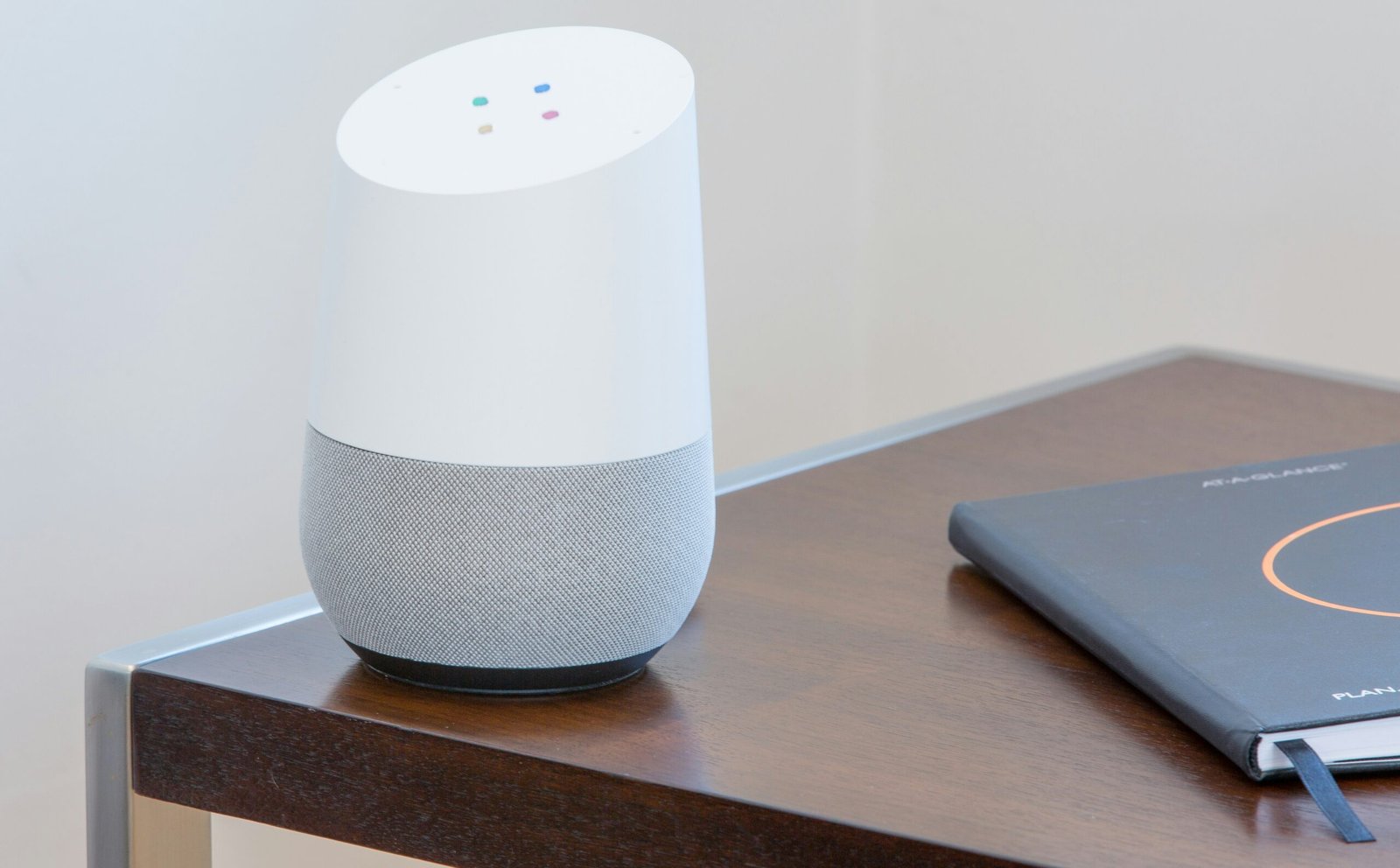Introduction
In today’s digital age, community engagement is no longer limited to face-to-face interactions. With the rise of neighborhood engagement apps, communities now have the opportunity to connect, collaborate, and contribute to the betterment of their neighborhoods through the convenience of their smartphones. However, in order to truly foster community development, these apps need to prioritize user experience (UX) and user interface (UI) innovations. In this article, we will explore the importance of UI/UX innovations for neighborhood engagement apps and discuss some innovative approaches that can enhance community development.
The Importance of UI/UX Innovations
UI/UX innovations play a crucial role in the success and effectiveness of neighborhood engagement apps. A well-designed user interface ensures that the app is intuitive, visually appealing, and easy to navigate. This not only enhances user satisfaction but also encourages increased usage and participation within the community.
User experience is equally important as it focuses on how users interact with the app and the overall satisfaction they derive from the experience. By prioritizing UX, neighborhood engagement apps can create a seamless and enjoyable experience for users, increasing their engagement and fostering a sense of belonging within the community.
Key UI/UX Innovations for Neighborhood Engagement Apps
1. Personalized User Profiles
Personalization is a key aspect of enhancing user engagement. By allowing users to create personalized profiles, neighborhood engagement apps can provide a sense of identity and ownership within the community. Users can showcase their interests, skills, and contributions, enabling them to connect with like-minded individuals and participate in activities that align with their preferences.
2. Intuitive Navigation
Complex navigation can be a major deterrent for users, resulting in decreased engagement. By implementing intuitive navigation features, such as clear menus, search functions, and easily accessible sections, neighborhood engagement apps can ensure that users can quickly find the information or features they need. This simplifies the user experience and encourages users to explore and engage with the app more frequently.
3. Gamification Elements
Incorporating gamification elements, such as badges, leaderboards, and rewards, can significantly enhance user engagement and motivation. By providing incentives for active participation and recognizing users’ contributions, neighborhood engagement apps can create a sense of healthy competition and encourage users to actively contribute to the betterment of their community.
4. Real-Time Notifications
Real-time notifications are essential for keeping users informed and engaged. By sending notifications about upcoming events, community updates, and relevant discussions, neighborhood engagement apps can ensure that users stay connected and involved. These notifications can be personalized based on users’ preferences and interests, further enhancing their engagement and participation.
5. Collaborative Features
Encouraging collaboration is a fundamental aspect of community development. By incorporating collaborative features, such as group discussions, project boards, and shared calendars, neighborhood engagement apps can facilitate communication and coordination among community members. This fosters a sense of teamwork and enables users to work together towards common goals, ultimately strengthening the community as a whole.
6. Feedback Mechanisms
Feedback mechanisms are essential for continuous improvement and user satisfaction. By allowing users to provide feedback, suggest improvements, and report issues, neighborhood engagement apps can actively involve the community in the development process. This not only enhances the app’s functionality but also demonstrates a commitment to listening and responding to users’ needs, further strengthening the sense of community and ownership.
Conclusion
Neighborhood engagement apps have the potential to revolutionize community development by connecting individuals, fostering collaboration, and empowering communities. By prioritizing UI/UX innovations, these apps can create a seamless and enjoyable user experience, enhancing user engagement and participation. Personalized user profiles, intuitive navigation, gamification elements, real-time notifications, collaborative features, and feedback mechanisms are just a few of the many innovative approaches that can contribute to the success of neighborhood engagement apps. By embracing these innovations, communities can harness the power of technology to create stronger, more connected neighborhoods.












Leave a Reply